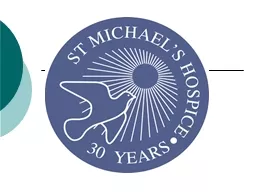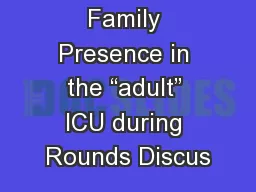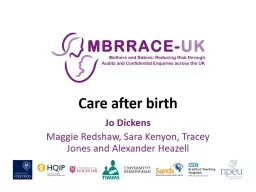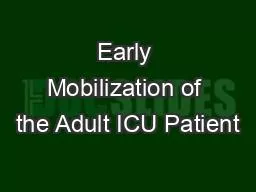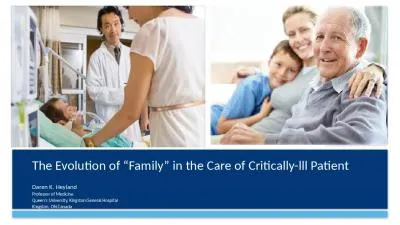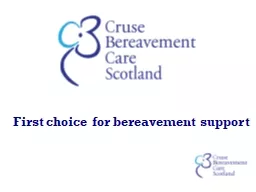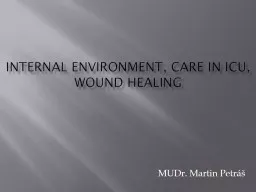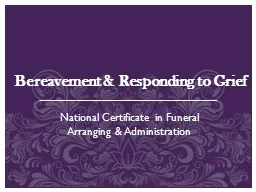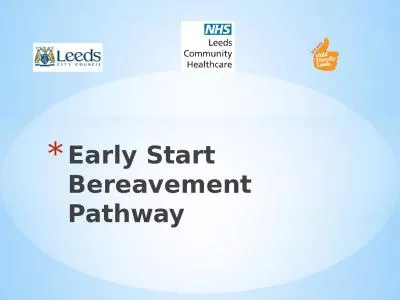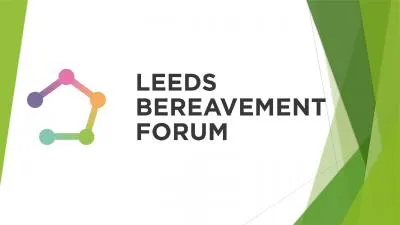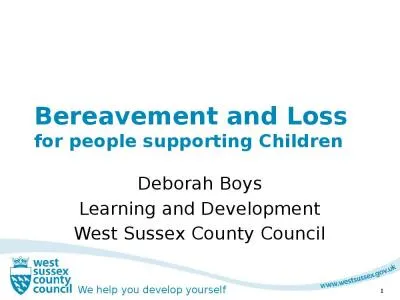PPT-Family Care ICU Bereavement Cart project
Author : celsa-spraggs | Published Date : 2019-12-31
Family Care ICU Bereavement Cart project Combating PostIntensive Care Syndrome for families when a loved one dies Objectives 2 Define a Good Death Define and discuss
Presentation Embed Code
Download Presentation
Download Presentation The PPT/PDF document "Family Care ICU Bereavement Cart project" is the property of its rightful owner. Permission is granted to download and print the materials on this website for personal, non-commercial use only, and to display it on your personal computer provided you do not modify the materials and that you retain all copyright notices contained in the materials. By downloading content from our website, you accept the terms of this agreement.
Family Care ICU Bereavement Cart project: Transcript
Download Rules Of Document
"Family Care ICU Bereavement Cart project"The content belongs to its owner. You may download and print it for personal use, without modification, and keep all copyright notices. By downloading, you agree to these terms.
Related Documents


